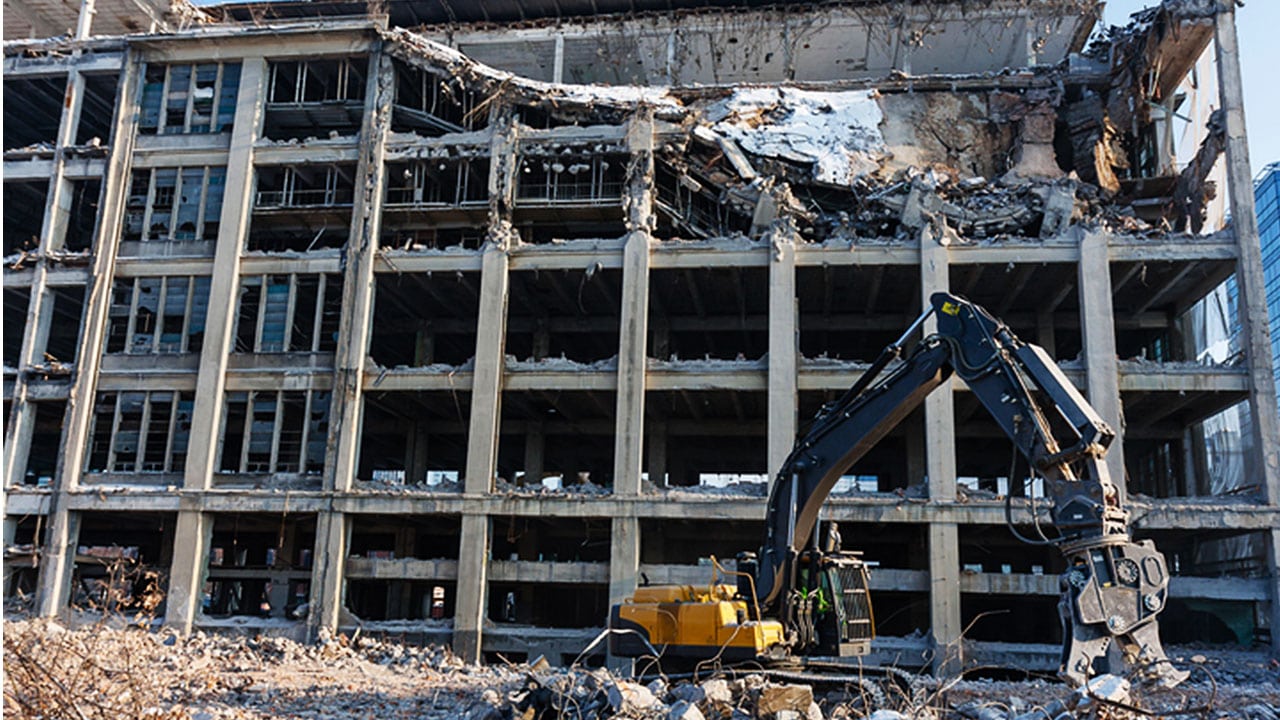The completion of construction is an important milestone in the lifespan of a building, but it doesn’t have to mark the end of the involvement of professionals in BIM courses. The same skills used to design and model a structure can be put to good use for a number of important purposes throughout a building’s lifespan, contributing to its evolution and preservation as time passes.
Want to learn a little more about the role that BIM skills can play after a building has been constructed? Here’s what you need to know.
Skills Built in BIM Courses Are Ideal for Maintenance Processes
Proper maintenance is necessary for preserving a building’s function and value. Often, it’s a matter of relatively simple repair work that doesn’t require too much planning. If a building’s owner or manager forgets to keep on top of necessary repairs as it ages, though, they might find themselves dealing with a significant problem later on.
In helping to prevent this type of issue, an initial BIM model can be a gift that keeps on giving. Ideal maintenance schedules can be included for the various components used in a model, assisting those with access to the file. It’s easy for BIM professionals to include this type of data in a model, and the benefits can be substantial over the course of a building’s life.

BIM models can include recommended maintenance scheduling for building owners’ reference
Graduates of Building Information Modeling College Can Assist With Renovations
The skills developed at building information modeling college are equally applicable to renovations. There can be a special challenge involved in the process, by putting together models of a pre-renovation building requires special attention to accuracy. However, it’s a challenge that trained BIM professionals will be more than a match for. As more buildings are constructed with BIM, this step could even involve simply referring to the model that was created to guide the original construction.
From there, the benefits of BIM are much the same as with modeling a totally new structure. It becomes possible to test out different kinds of components, to create plans for additional rooms or buildings, and even to model the expected energy usage of the building once proposed changes are made. At this stage of a building’s lifespan, BIM plays the roles of the virtual showroom and invaluable advisory tool, all in one convenient package.
As a Building’s Life Comes to an End, BIM Can Assist With Planning
With proper maintenance, a building can last for a very long time. Eventually, however, changing needs or desires can lead a property owner to decide to get rid of an old structure, or to at least consider whether a teardown and rebuild would be more economical than regular renovations.

Comparing BIM models can help building owners choose between renovation and demolition
Thanks to BIM’s ability to forecast cost, it’s an ideal solution for building owners trying to make a decision about how to proceed with an aging building. A graduate of BIM courses could put together a model of planned renovations, for instance, and another model of an entirely new structure, with the dimensions of cost and the projected time to completion, included within each. This would allow the owner to more easily make an informed, direct comparison and choose the option that is best for their desired timeline and budget. Working without BIM, this process would likely be much less precise.
Do you want to become an expert in modeling structures?
Contact Digital School to sign up for our building information modeling courses!

